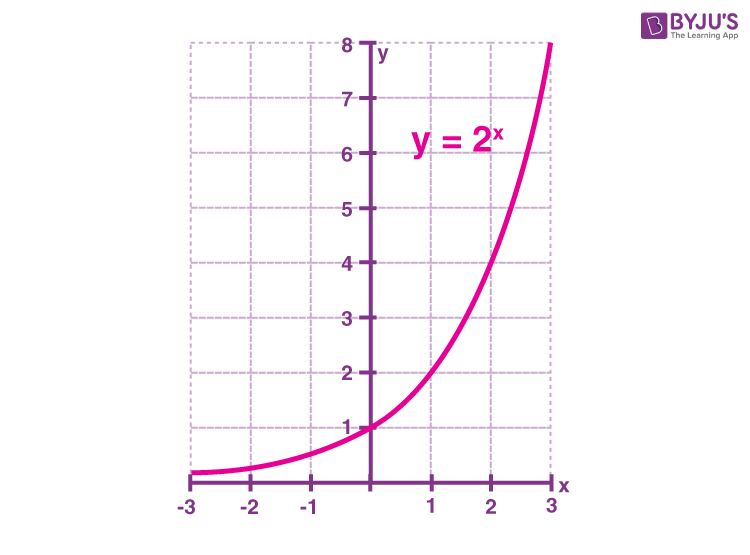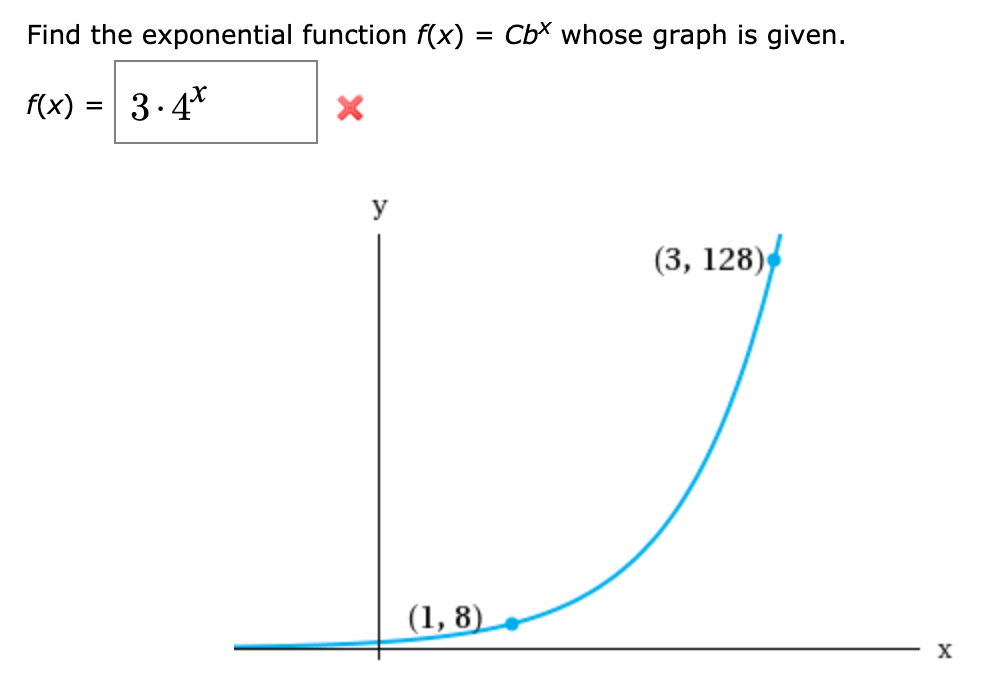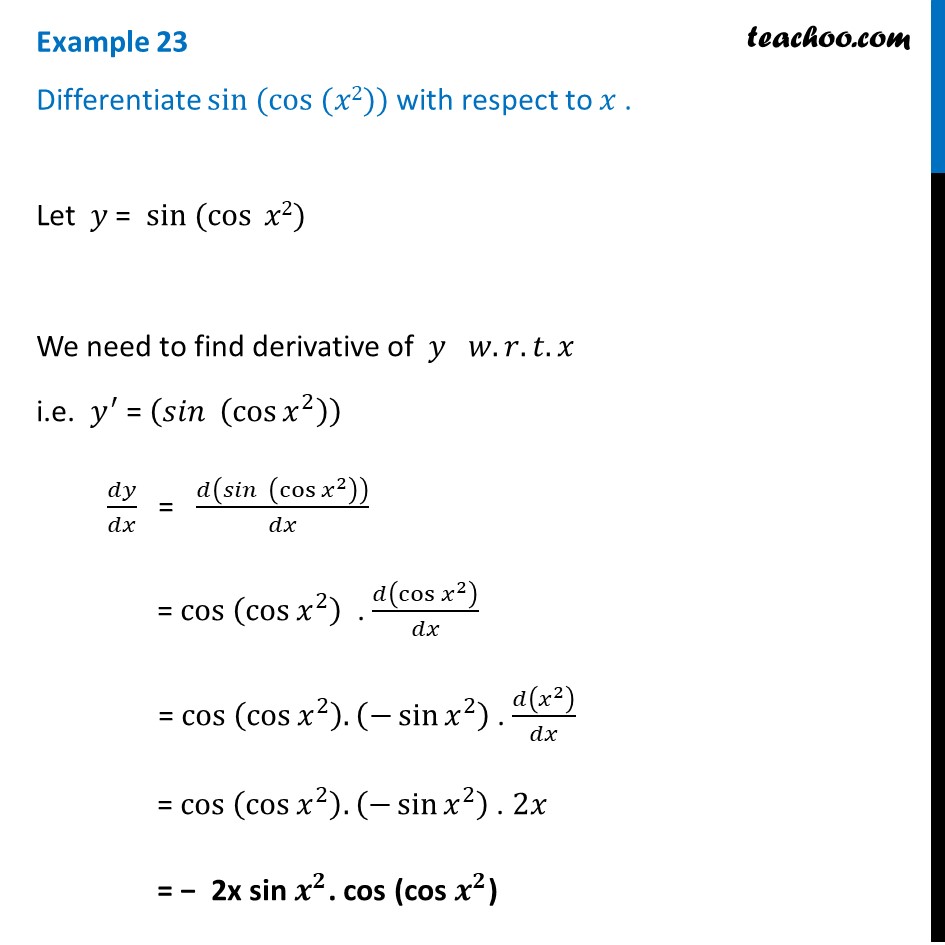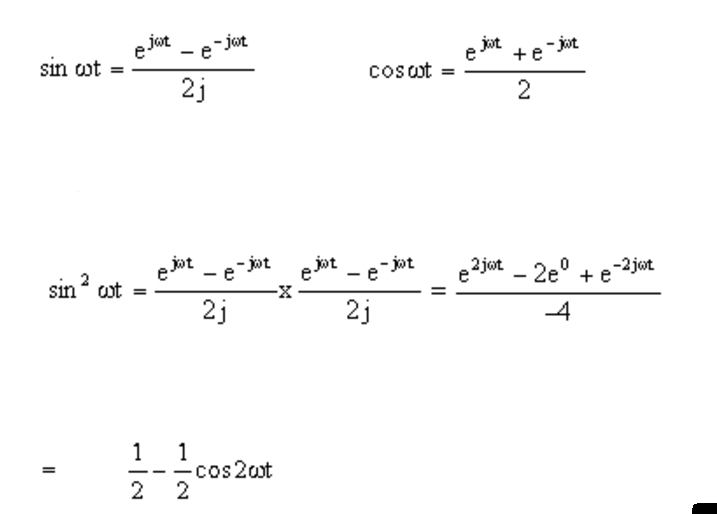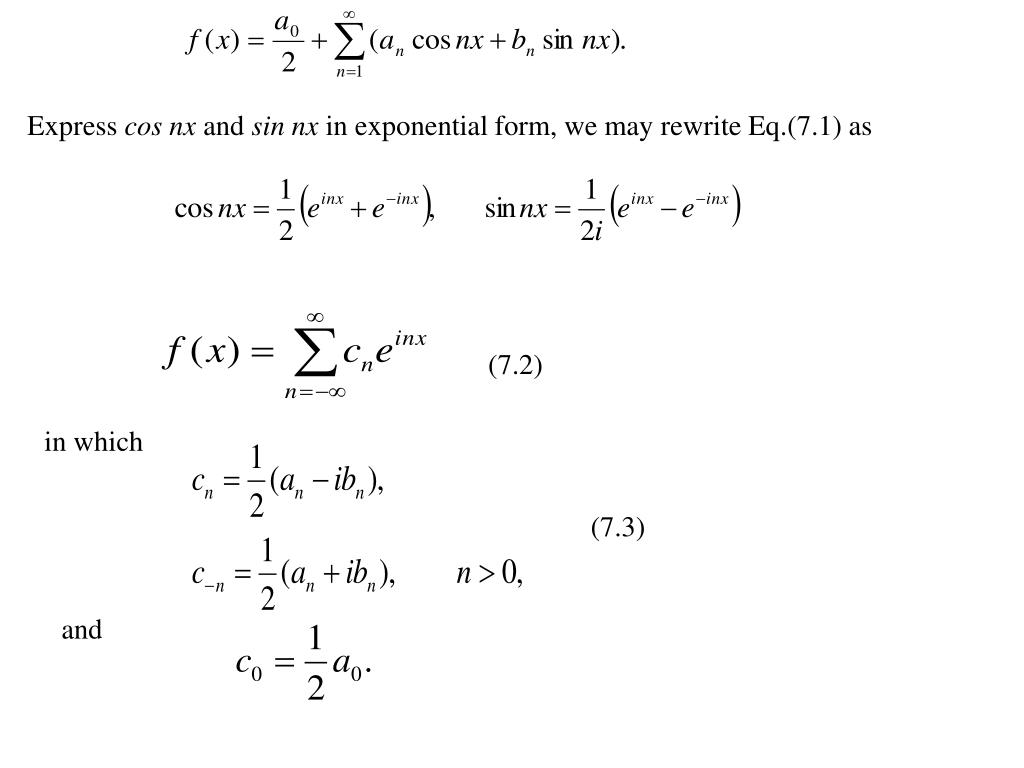Cos X In Exponential Form
Cos X In Exponential Form - F(x) ∼ ∞ ∑ n = − ∞cne − inπx / l, cn = 1 2l∫l − lf(x)einπx / ldx. Y = acos(kx) + bsin(kx) according to my notes, this can also be. Web an exponential equation is an equation that contains an exponential expression of the form b^x, where b is a constant (called the base) and x is a variable. Web i am in the process of doing a physics problem with a differential equation that has the form: Web $$e^{ix} = \cos x + i \sin x$$ fwiw, that formula is valid for complex $x$ as well as real $x$. Web calculate exp × the function exp calculates online the exponential of a number. Web complex exponential series for f(x) defined on [ − l, l]. We can now use this complex exponential. E jx = cos (x) + jsin (x) and the exponential representations of sin & cos, which are derived from euler's formula: Web relations between cosine, sine and exponential functions.
Web $$e^{ix} = \cos x + i \sin x$$ fwiw, that formula is valid for complex $x$ as well as real $x$. Web according to euler, we should regard the complex exponential eit as related to the trigonometric functions cos(t) and sin(t) via the following inspired definition: Put 𝑍 = (4√3) (cos ( (5𝜋)/6) − 𝑖 sin (5𝜋)/6) in exponential form. Put 𝑍 equals four times the square. F(x) ∼ ∞ ∑ n = − ∞cne − inπx / l, cn = 1 2l∫l − lf(x)einπx / ldx. Y = acos(kx) + bsin(kx) according to my notes, this can also be. (45) (46) (47) from these relations and the properties of exponential multiplication you can painlessly prove all. E jx = cos (x) + jsin (x) and the exponential representations of sin & cos, which are derived from euler's formula: Andromeda on 7 nov 2021. Web an exponential equation is an equation that contains an exponential expression of the form b^x, where b is a constant (called the base) and x is a variable.
Web relations between cosine, sine and exponential functions. This formula can be interpreted as saying that the function e is a unit complex number, i.e., it traces out the unit circle in the complex plane as φ ranges through the real numbers. Y = acos(kx) + bsin(kx) according to my notes, this can also be. The odd part of the exponential function, that is, sinh x = e x − e − x 2 = e 2 x − 1 2 e x = 1 − e − 2 x 2 e − x. Web an exponential equation is an equation that contains an exponential expression of the form b^x, where b is a constant (called the base) and x is a variable. Web according to euler, we should regard the complex exponential eit as related to the trigonometric functions cos(t) and sin(t) via the following inspired definition: We can now use this complex exponential. F(x) ∼ ∞ ∑ n = − ∞cne − inπx / l, cn = 1 2l∫l − lf(x)einπx / ldx. Put 𝑍 equals four times the square. Here φ is the angle that a line connecting the origin with a point on the unit circle makes with the positive real axis, measured counterclockwise and in radians.
Exponential Functions Definition, Formula, Properties, Rules
F(x) ∼ ∞ ∑ n = − ∞cne − inπx / l, cn = 1 2l∫l − lf(x)einπx / ldx. E jx = cos (x) + jsin (x) and the exponential representations of sin & cos, which are derived from euler's formula: Web answer (1 of 10): Web $$e^{ix} = \cos x + i \sin x$$ fwiw, that formula is.
Euler's Equation
E jx = cos (x) + jsin (x) and the exponential representations of sin & cos, which are derived from euler's formula: Web according to euler, we should regard the complex exponential eit as related to the trigonometric functions cos(t) and sin(t) via the following inspired definition: Eit = cos t + i. Put 𝑍 = (4√3) (cos ( (5𝜋)/6).
express cos x as exponential YouTube
Web i am in the process of doing a physics problem with a differential equation that has the form: We can now use this complex exponential. Web calculate exp × the function exp calculates online the exponential of a number. Web answer (1 of 10): E jx = cos (x) + jsin (x) and the exponential representations of sin &.
Solved A) Find The Exponential Function Whose Graph Is Gi...
Here φ is the angle that a line connecting the origin with a point on the unit circle makes with the positive real axis, measured counterclockwise and in radians. Web complex exponential series for f(x) defined on [ − l, l]. (45) (46) (47) from these relations and the properties of exponential multiplication you can painlessly prove all. Web i.
Exponential growth Wikipedia
Converting complex numbers from polar to exponential form. Y = acos(kx) + bsin(kx) according to my notes, this can also be. (45) (46) (47) from these relations and the properties of exponential multiplication you can painlessly prove all. Web an exponential equation is an equation that contains an exponential expression of the form b^x, where b is a constant (called.
Example 23 Differentiate sin (cos (x^2)) Teachoo Examples
Andromeda on 7 nov 2021. This formula can be interpreted as saying that the function e is a unit complex number, i.e., it traces out the unit circle in the complex plane as φ ranges through the real numbers. E jx = cos (x) + jsin (x) and the exponential representations of sin & cos, which are derived from euler's.
Basics of QPSK modulation and display of QPSK signals Electrical
Web complex exponential series for f(x) defined on [ − l, l]. Web relations between cosine, sine and exponential functions. Web i am in the process of doing a physics problem with a differential equation that has the form: We can now use this complex exponential. Web an exponential equation is an equation that contains an exponential expression of the.
C Practical and Assignment Programscos(x) YouTube
Y = acos(kx) + bsin(kx) according to my notes, this can also be. Converting complex numbers from polar to exponential form. E jx = cos (x) + jsin (x) and the exponential representations of sin & cos, which are derived from euler's formula: Andromeda on 7 nov 2021. The odd part of the exponential function, that is, sinh x.
Other Math Archive January 29, 2018
Web according to euler, we should regard the complex exponential eit as related to the trigonometric functions cos(t) and sin(t) via the following inspired definition: Eit = cos t + i. We can now use this complex exponential. E jx = cos (x) + jsin (x) and the exponential representations of sin & cos, which are derived from euler's formula:.
PPT Chapter 7 Fourier Series PowerPoint Presentation, free download
Put 𝑍 = (4√3) (cos ( (5𝜋)/6) − 𝑖 sin (5𝜋)/6) in exponential form. (45) (46) (47) from these relations and the properties of exponential multiplication you can painlessly prove all. Eit = cos t + i. Andromeda on 7 nov 2021. We can now use this complex exponential.
Converting Complex Numbers From Polar To Exponential Form.
We can now use this complex exponential. Web calculate exp × the function exp calculates online the exponential of a number. Eit = cos t + i. Here φ is the angle that a line connecting the origin with a point on the unit circle makes with the positive real axis, measured counterclockwise and in radians.
F(X) ∼ ∞ ∑ N = − ∞Cne − Inπx / L, Cn = 1 2L∫L − Lf(X)Einπx / Ldx.
Web i am in the process of doing a physics problem with a differential equation that has the form: Web answer (1 of 10): (45) (46) (47) from these relations and the properties of exponential multiplication you can painlessly prove all. Put 𝑍 = (4√3) (cos ( (5𝜋)/6) − 𝑖 sin (5𝜋)/6) in exponential form.
Y = Acos(Kx) + Bsin(Kx) According To My Notes, This Can Also Be.
Web relations between cosine, sine and exponential functions. Put 𝑍 equals four times the square. Web $$e^{ix} = \cos x + i \sin x$$ fwiw, that formula is valid for complex $x$ as well as real $x$. Andromeda on 7 nov 2021.
Web According To Euler, We Should Regard The Complex Exponential Eit As Related To The Trigonometric Functions Cos(T) And Sin(T) Via The Following Inspired Definition:
The odd part of the exponential function, that is, sinh x = e x − e − x 2 = e 2 x − 1 2 e x = 1 − e − 2 x 2 e − x. E jx = cos (x) + jsin (x) and the exponential representations of sin & cos, which are derived from euler's formula: Web complex exponential series for f(x) defined on [ − l, l]. This formula can be interpreted as saying that the function e is a unit complex number, i.e., it traces out the unit circle in the complex plane as φ ranges through the real numbers.
